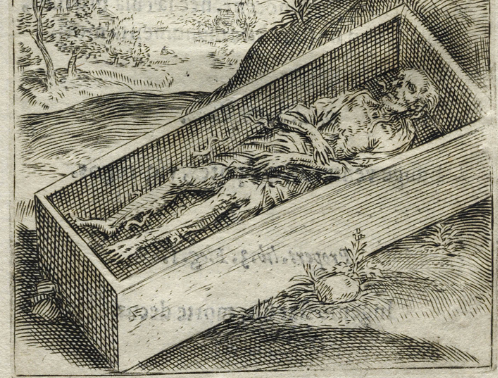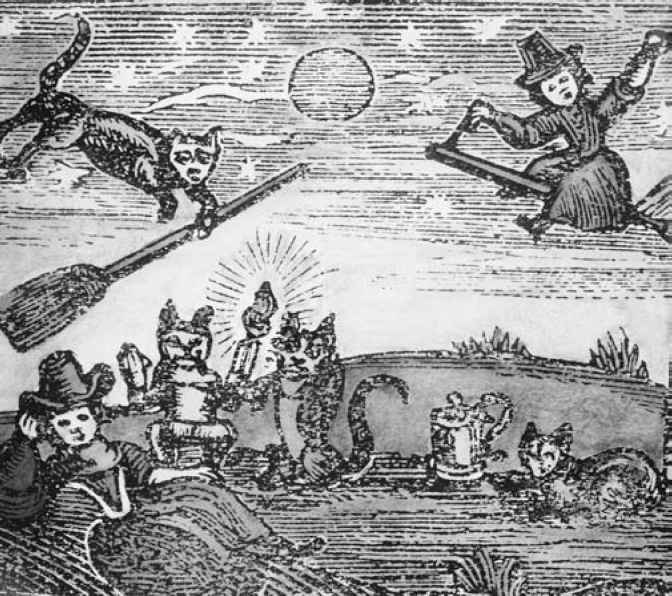In April 1650, Brechin woman Catharin Walker was accused of witchcraft, for, among other things, booting a man in the balls so hard he died.

Her accusers also claimed:
She had a meeting with the devil in the form of a cat and made a pact with him
She had kicked another man in the groin (and that he also died)
She had poisoned cattle and children
She had used incantations to summon the devil in her prison cell
She had brought some sort of pestilence upon Brechin.
While we know that the man who died post-booting was named Beattie, the records of the Brechin presbytery don’t say what Catharin’s fate was. No commission to try her has been found in the records, so she may have been acquitted. However, she was found by witchpricker John Kincaid to have had the “Devil’s mark” on her, and she had at some point confessed to murder–not easy things to shake and unlikely to get you let out of jail.*
*thanks to Louise Yeoman and Ciaran Jones for this insight on Catharin’s fate.










